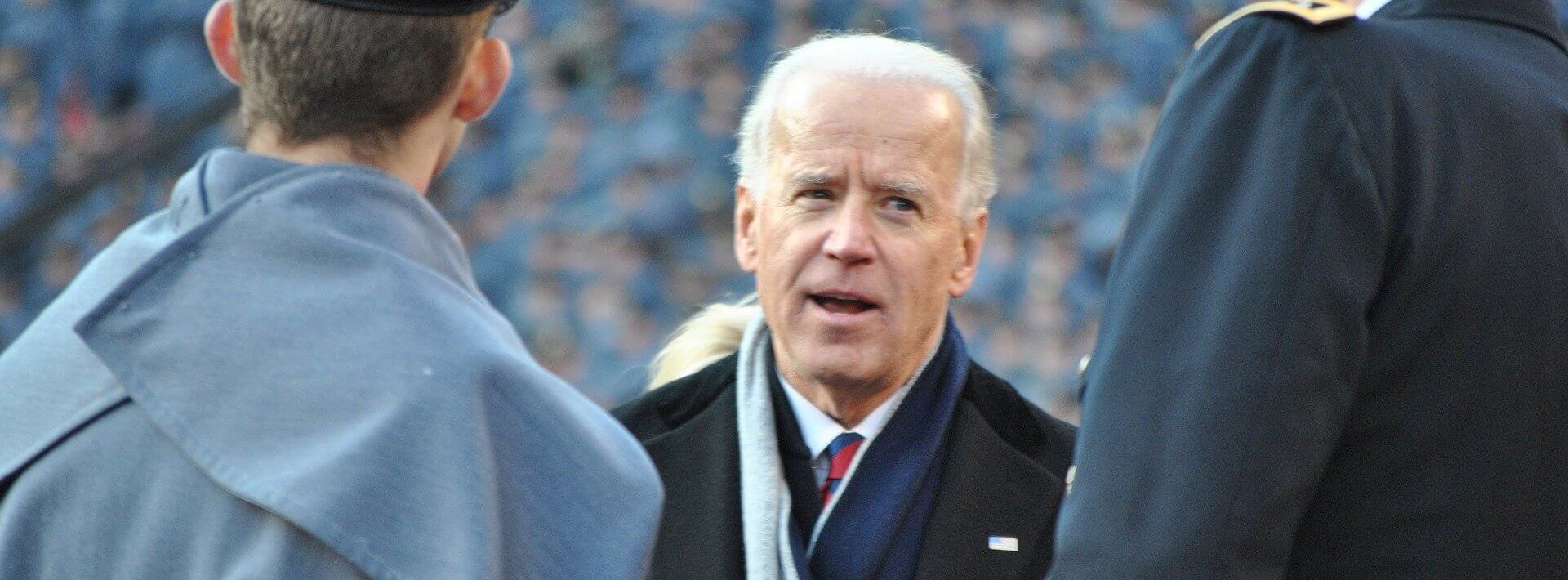Student-centric advice and objective recommendations
Higher education has never been more confusing or expensive. Our goal is to help you navigate the very big decisions related to higher ed with objective information and expert advice. Each piece of content on the site is original, based on extensive research, and reviewed by multiple editors, including a subject matter expert. This ensures that all of our content is up-to-date, useful, accurate, and thorough.
Our reviews and recommendations are based on extensive research, testing, and feedback. We may receive commission from links on our website, but that doesn’t affect our editors’ opinions. Our marketing partners don’t review, approve or endorse our editorial content. It’s accurate to the best of our knowledge when posted. You can find a complete list of our partners here.
All About Subsidized vs. Unsubsidized Loans

 By
Will Geiger
By
Will Geiger 
Will Geiger is the co-founder of Scholarships360 and has a decade of experience in college admissions and financial aid. He is a former Senior Assistant Director of Admissions at Kenyon College where he personally reviewed 10,000 admissions applications and essays. Will also managed the Kenyon College merit scholarship program and served on the financial aid appeals committee. He has also worked as an Associate Director of College Counseling at a high school in New Haven, Connecticut. Will earned his master’s in education from the University of Pennsylvania and received his undergraduate degree in history from Wake Forest University.
Full BioLearn about our editorial policies

Gabriel Jimenez-Ekman is a content editor and writer at Scholarships360. He has managed communications and written content for a diverse array of organizations, including a farmer’s market, a concert venue, a student farm, an environmental NGO, and a PR agency. Gabriel graduated from Kenyon College with a degree in sociology.
Full BioLearn about our editorial policies

Annie has spent the past 18+ years educating students about college admissions opportunities and coaching them through building a financial aid package. She has worked in college access and college admissions for the Tennessee Higher Education Commission/Tennessee Student Assistance Corporation, Middle Tennessee State University, and Austin Peay State University.
Full BioLearn about our editorial policies

If you are considering taking out student loans for college or graduate school, you will need to figure out which type of student loan to take out: subsidized or unsubsidized student loans. This is an extremely important decision that will affect how much money you wind up paying in student loans.
We’re here to help you understand everything that you need to know about subsidized vs. unsubsidized student loans so you can save as much money as possible!
Jump ahead to:
- Subsidized Student Loans
- Unsubsidized Student Loans
- Subsidized vs. Unsubsidized Loans
- How to apply for Subsidized and Unsubsidized Student Loans
- What about private student loans?
- Key takeaways
- Frequently asked questions
Subsidized student loans
Subsidized student loans, also known as Stafford Student Loans or Direct Stafford Loans, are a type of loan available through the federal government. These loans are only available to undergraduate students who have demonstrated financial need. If you qualify, these are typically the best loans you can possibly take out.
The greatest benefit of subsidized student loans is that the U.S. Department of Education pays the interest on your loans when you are in school at least half-time and for the first six months after you graduate from school. Students who defer their loans will also have their student loan interest paid by the government for as long as the loans are deferred. So, if you decide to go to grad school or pursue additional education after graduation, you will not have to make any payments on your subsidized loans and the amount owed will not increase.
Subsidized loan limits
If your FAFSA results demonstrate high financial need, you can take out up to $3,500 in Subsidized loans your first year of college, $4,500 your second year, and $5,500 your third year and beyond. This is assuming you qualify for the maximum eligibility of financial need each year.
Unsubsidized student loans
Federal Unsubsidized Direct Loans
The federal government also offers unsubsidized student loans. Unlike subsidized student loans, these loans accumulate interest when you are in school. While you still have the option to defer these loans without additional penalties or damage to your credit score, they will accrue interest during their state of deferment.
Federal unsubsidized loan limits
You can take out a maximum of $5,500 in total Federal Direct Loans during your first year of college, a maximum of $6,500 your second year, and $7,500 your third year and any years following. So, if you don’t qualify for any Subsidized Direct Loans, you can take out all of this in Unsubsidized Loans. If you do qualify for Subsidized Direct Loans, you’ll take out as much as you can in Subsidized loans and the rest in Unsubsidized.
Other unsubsidized loans
Technically, all loans aside from Subsidized Direct Loans are unsubsidized. While most people are referring to Unsubsidized Direct Loans when they use the term, it’s important to remember that they could technically be referring to private loans, or other types of federal loans such as Direct PLUS loans.
All of these loans gather interest starting from the time at which you take them out. Additionally,
Private student loans, unsubsidized Direct Student Loans, and Direct PLUS loans are all unsubsidized.
Difference between subsidized and unsubsidized loans
The big difference is that you will wind up paying more interest for any unsubsidized student loans that you take out. As a result, you’ll end up having to pay back more money. This is one of the big reasons why students should exhaust their subsidized loans before taking out unsubsidized loans.
However, there are a few other differences between subsidized and unsubsidized student loans that you should know about:
- Subsidized student loans are only available to students who have demonstrated financial need.
- If you are a graduate student, you will only be able to take out unsubsidized student loans as subsidized loans are only available to undergraduate students.
Not all unsubsidized loans are created equal
By now, you can probably tell that Subsidized Direct Loans are generally the best option out there for student loans. But they are only available up to a limited quantity, for students with financial need, and for undergraduates. So, it is very common that students have to turn to unsubsidized loans to pay for school.
As you turn to unsubsidized loans, remember that not all of these options are created equal. Most students consider interest rate as the primary factor for deciding on what type of loan to take out. But remember that this is not the only thing to consider. Federal unsubsidized loans come with a few advantages over private unsubsidized loans. Make sure that you are ready to forfeit these features if you opt for private loans over federal:
- Flexible repayment options, including income-driven repayment
- Possibility of student loan forgiveness
- Ability to defer your loans penalty-free to attend further schooling
- No credit history required
- No need for a cosigner
Also see: Best student loan repayment plans in 2023
How to apply for Federal Subsidized and Unsubsidized Student Loans
To apply for any federal student loan, students will need to complete and submit the Free Application for Federal Student Aid or FAFSA. The FAFSA will also allow you to access other grants, such as the Pell Grant or Federal SEOG Grant and federal work study.
After you submit the FAFSA, you will be able to see your estimated federal financial aid, including what types and how much Federal Student Loan dollars you might be able to take out. Once the FAFSA is processed (usually 3-5 days after it’s submitted), you’ll be able to find Federal loan amounts on your Student Aid Report (SAR). Once you are accepted at schools, you will receive a financial aid award letter that should reflect the information on your SAR, in addition to any institutional aid.
Remember also that if your aid package does not include loans but you require them to attend your prospective college, you can write a financial aid appeal letter. Schools are typically more willing to offer students additional loans than they are to offer grants or additional scholarships.
What about private student loans?
Private student loans are made by private organizations such as banks and other financial institutions. Private student loans should be a last resort after you have exhausted other types of financial aid. That means you should have maxed out your grants, scholarships, federal student loans, and work study.
To apply for these loans, you’ll have to shop around between different lenders to find the best offer for you. A student loan marketplace can aid in this search. We always recommend that you carefully review all of the details before taking out a private student loan as their rates and terms are generally less favorable than that of loans from the federal government.
Unsubsidized vs subsidized loans: bottom line for students
Subsidized Federal Direct Loans are the most preferable student loans for most students to take out. Typically, when it comes time to fill the gap between what you can pay and the cost of your school, you should start by taking out as much in Direct Subsidized Loans as possible. Only when these are no longer viable should you turn to unsubsidized loans.
As you dip into unsubsidized loans, we recommend beginning with Federal Direct Unsubsidized Loans, and then if they don’t provide enough, take out additional federal loans. These loans typically have more flexible repayment options, lower interest rates, and the possibility of loan forgiveness.
Frequently asked questions
Do subsidized federal loans accrue interest in grad school?
Is anyone allowed to take out Subsidized Direct Loans?
Can federal student loans be forgiven?
How long after graduation do I need to start paying back subsidized and unsubsidized loans?
How much can I borrow in federal student loans?
Can I use federal student loans to pay for expenses such as groceries?





